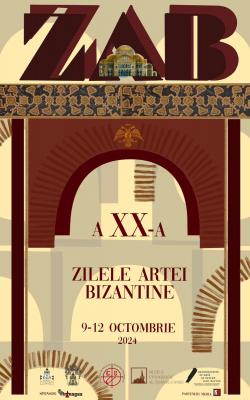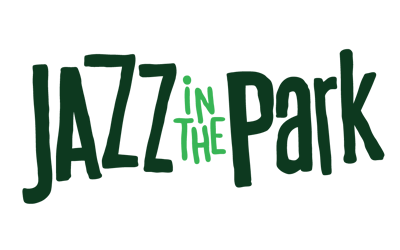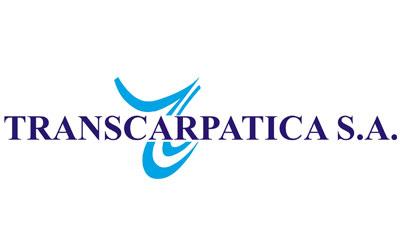Exhibition of Byzantine art, Byzantine music concert and book launch on the canons of the Feasts of the Emperors, at the Ethnographic Museum of Transylvania in Cluj-Napoca
The symposium "Byzantine Art Days" is now in its 20th edition, will take place from 9 to 12 October 2024, in Cluj-Napoca and is dedicated to all lovers of Byzantine art and culture.
The opening of the Byzantine Art Days will take place with the celebration of the Divine Liturgy at the Metropolitan Cathedral in Cluj-Napoca, and on the evening of the opening day, from 18:00, the celebration of the Vespers will take place in the parish church of Gheorgheni (Feleacu, Cluj county), a building recently restored in the Byzantine spirit, but which fits perfectly into the patterns of a typical Transylvanian historical church.
On 10 October, from 5 p.m., at the Ethnographic Museum of Transylvania, an institution that operates under the Cluj County Council, the opening of the Byzantine art exhibition entitled "Byzantium after Byzantium: Theoria kai Praxis" will take place.
Those present will be able to admire and purchase works from personal collections realised in mosaic, al-frescco, manuscript, icon on wood panel.
The exhibition will be followed by the book launch of Eortodromion or Tâlcuire la canonane la Sverbænte Împărăte - vol 1and 2.
"It is the Eortodromion, by St Nicodemus the Agiorite in which he has transcribed the holy canons on the 12 feasts of the Kingdom. They were written and composed by St John Damascene and Cosmas the Melodious, his half-brother. The manuscript was found in Venice by Ilie Stănuș, a connoisseur of ancient Greek. The two volumes will be launched during the Byzantine Days event by His Eminence Benedict the Byzantine together with Professor Dr Elena Chircev.
The content of these books is extremely valuable because in the Romanian hymnographic landscape they bring more understanding and more light into the patristic texts that we find in the texts of worship. It is a very useful work, on the one hand for psalters but also for those who are passionate about poetry and hymnography. The publication is also an exercise in palaeography because the manuscript was found in Venice and, having been written in ancient Greek, with considerable effort it has been deciphered into modern language and written in our own language. St Nicodemus the Aghiorite adapted a 6th century language to the 18th century, and Mr Ilie Stănuș updated the language of the saint to the Romanian language of the 21st century." (lecturer dr. Sorin Albu)
Also at the Ethnographic Museum of Transylvania in Cluj-Napoca there will be a concert of Byzantine music, performed, starting at 18:30, by Prof. Grigorios Anastasiou, with the Choir of St John Ioan Damaschin of the Academy of Byzantine Arts and Studies, conducted by Protopsalt Sorin Albu.
The Byzantine Art Days International Symposium, the 20th jubilee edition, is organised by the "Saint John Damaschin" Group coordinated by Sorin Albu and, recently, by the Academy of Byzantine Arts and Studies in Cluj Napoca.











